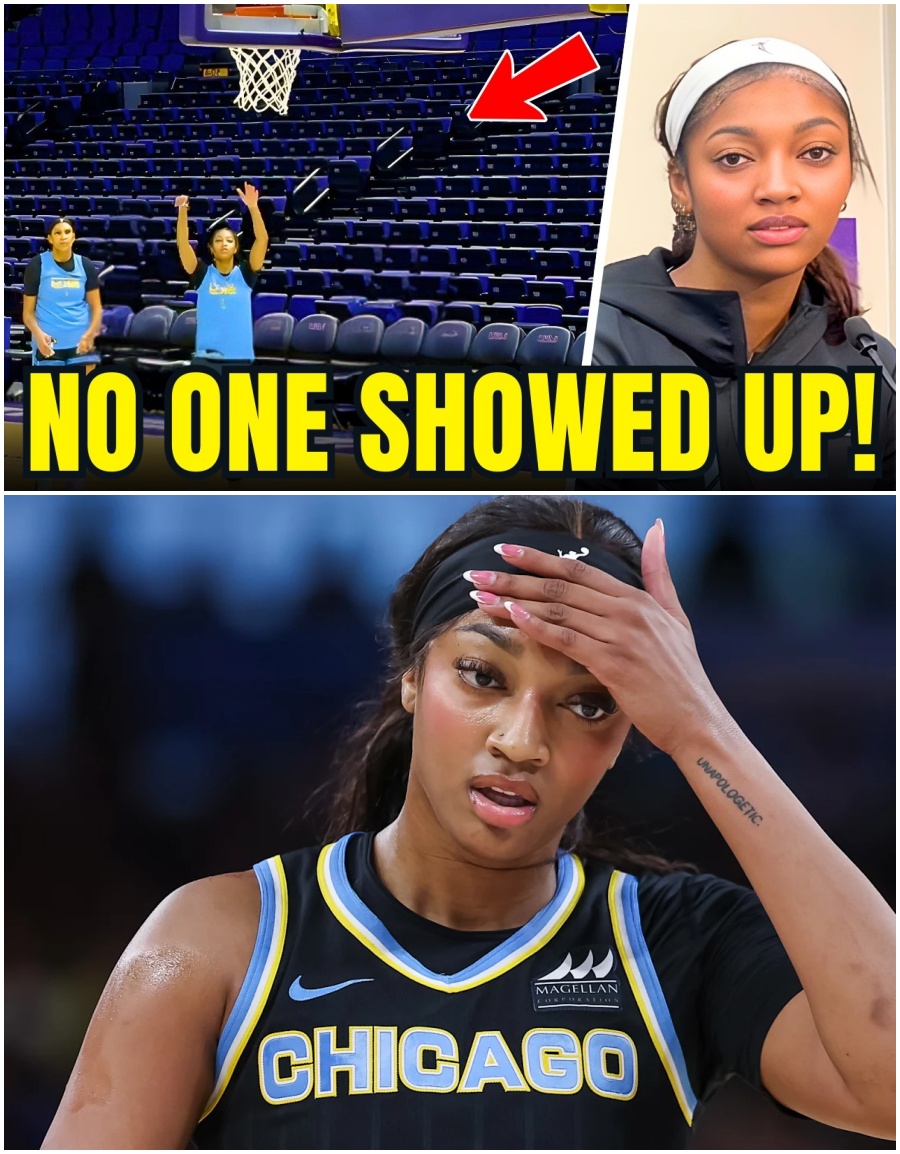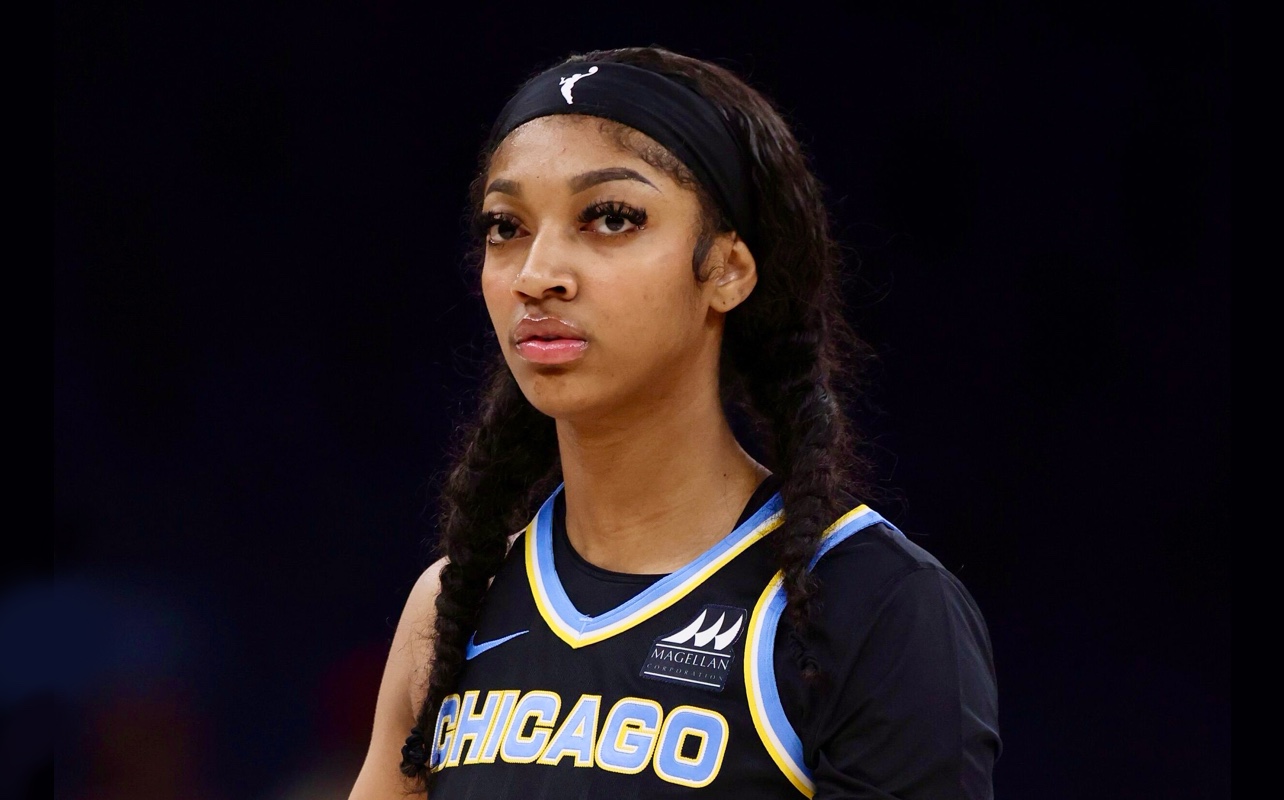
A stark contrast in fan engagement continues to fuel discussions within the women’s basketball community, particularly following a lackluster turnout at Louisiana State University (LSU) forward Angel Reese’s highly anticipated homecoming game. Held at the Pete Maravich Assembly Center, which boasts a seating capacity of approximately 13,000, the game drew a mere 6,300 attendees, raising questions about Reese’s perceived impact on the sport and prompting comparisons to the undeniable drawing power of University of Iowa guard Caitlyn Clark.
Reese, a key figure in LSU’s recent national championship victory, has often asserted her role in the escalating visibility and popularity of women’s basketball. However, the sparse crowd at her homecoming game paints a contrasting picture, particularly when juxtaposed against the consistently sold-out venues that characterize Clark’s appearances, even in preseason matchups. The disparity has ignited a renewed debate about the quantifiable influence of individual players and the factors driving fan interest in the evolving landscape of women’s collegiate athletics.
Despite tickets being offered at prices as low as $15 – a figure demonstrably accessible to a wide range of potential attendees – the arena remained significantly under capacity. This suggests that price point alone was not a barrier to entry, but rather a deeper-seated lack of widespread appeal for the specific matchup or the perceived value proposition offered. The situation was further compounded by the pervasive presence of social media, where images of empty seats circulated widely, effectively undermining the narrative of burgeoning demand for women’s basketball events, particularly those featuring Reese.
The dichotomy between Reese’s homecoming attendance and Clark’s consistent sell-out crowds has not gone unnoticed. While Reese has garnered considerable attention for her on-court prowess and off-court persona, the numbers suggest that her drawing power may not align with her perceived level of influence. Conversely, Clark’s ability to consistently fill arenas underscores her undeniable status as a box-office draw, with tickets for her games often selling out within minutes and commanding exorbitant prices, even for exhibition contests. This widespread demand extends beyond geographical limitations, attracting fans from across the nation eager to witness her exceptional talent.

The discrepancy in fan interest raises several pertinent questions. Is Reese’s appeal primarily driven by social media presence rather than demonstrable athletic prowess? Does the current marketing of women’s basketball adequately capture the diverse range of talent and compelling storylines beyond a few select individuals? And, perhaps most importantly, how can the sport effectively cultivate a sustainable fan base that extends beyond fleeting online engagement and translates into consistent, tangible support at live events?
The implications of these attendance figures extend beyond mere individual player comparisons. They serve as a crucial barometer of the overall health and trajectory of women’s basketball. While acknowledging the significant strides the sport has made in recent years, the underwhelming turnout at Reese’s homecoming game serves as a sobering reminder that consistent growth requires more than just high-profile personalities and viral moments. It necessitates a concerted effort to cultivate genuine fan engagement, promote a diverse range of talent, and ensure that the narrative surrounding women’s basketball reflects the depth and breadth of the sport’s inherent appeal.
Ultimately, the contrasting attendance figures for Reese and Clark highlight the complexities of measuring influence and the importance of critically evaluating claims of impact within the context of tangible results. While Reese’s contributions to LSU’s championship run are undeniable, the empty seats at her homecoming game underscore the need for a nuanced understanding of the dynamics driving fan interest in women’s basketball and a renewed commitment to fostering a sustainable and inclusive environment for growth. The challenge now lies in translating social media buzz into genuine, unwavering support that fills arenas and solidifies the long-term future of the sport.






